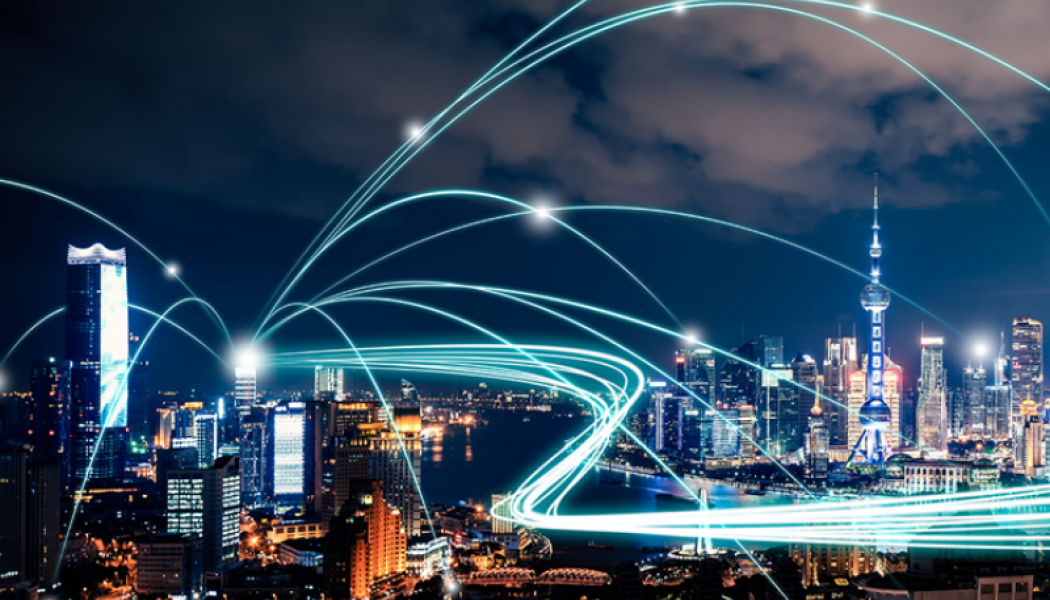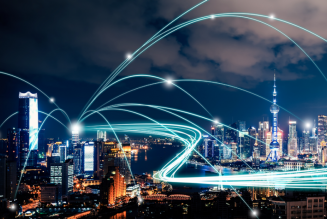5G is paving the way forward for the connectivity that digital technologies increasingly require, but it offers a lot more than just unprecedented mobile data connection speeds. 5G is capable of handling many more connected devices, has ten times lower latency than 4G, and enables ‘network slicing’ which can prioritise specific users, services, or devices during times of network overload.
With all these benefits, it’s no surprise that many people have the misconception that 5G will ultimately replace fibre, when in fact 5G without fibre would not exist.
The 5G mobile network is currently being rolled out in South Africa and will still take a few years to become widely available. Even then, 5G networks will not eventually replace fibre optic networks but rather complement them by offering more comprehensive Internet capabilities.
Wireless networks like 5G rely on existing fibre optic networks to function fully. This means that the speed and reliability of 5G will rely on the strength of the fibre network to carry traffic to and from 5G ‘small cells’, which are low-powered cellular nodes that are far smaller and cheaper than cell towers.
Without a lightning-fast fibre backbone that connects these small-cell sites, we wouldn’t be able to have lightning-fast 5G.
Faster speeds, lower range 5G networks use high-frequency waves and can deliver speeds of up to 20 Gigabits-per-second under ideal conditions. Because it has a much shorter wavelength than 4G, it can carry up to 1000 times more data, but there’s a drawback: it has a much shorter range. While 4G can travel up to 16 kilometres, 5G ranges only up to roughly 500 metres.
Though we might expect to see 5G’s range improve over time, 5G waves are also significantly less effective at penetrating through obstructions. This further limits its potential range and would have to be factored into network designs for mobile users. Even then, people on the move can expect to have a high signal drop rate as even less dense obstacles like trees or your body can affect the strength of your connection.
Because of these limitations, more flexible architecture will be needed to reap the full benefits of 5G technology. In order to bolster the breakneck speeds of 5G, we will need the reliability and the reach of fibre – especially for businesses that require consistency when streaming large amounts of data. Even when the 5G rollout becomes more extensive, we will still need fibre infrastructure to support it.
Rollout in South Africa
Because South African network providers are in a legal battle over the fairness of the allocation of the 5G spectrum, the rollout has been delayed by roughly a year. While 5G is now available in South Africa from some network providers, coverage is still very limited. The cost and availability of 5G-ready smartphones are also prohibitive for most South Africans, with most coming in at more than R10,000 per device.
Making this revolutionary technology geographically available and financially accessible to more people will be a challenge, and it will be up to businesses and policymakers to invest in fibre infrastructure to lay the groundwork for 5G wireless networks. Deloitte estimates that wireless networks only carried 11% of Internet traffic in 2017, whereas the rest is supported by wireline networks such as fibre. For this reason, in the US, nearly $150 billion of investment in fibre infrastructure will be needed to turn 5G from a dream into a reality. In South Africa, this number may not be as high, but the investment will still be required.
The future of connectivity
The digital world is evolving, and as it does, so are the ways that we connect to it. Internet traffic increased at a compound annual rate of 30% between 2016 and 2020. The number of devices and connections is also growing faster than the number of Internet users, and it is estimated that over 70% of the global population will have mobile connectivity by 2023.
With everything from data-driven businesses and people streaming movies in 4K to futuristic smart cities that have connected self-driving cars, our data consumption will continue to grow exponentially. Only through investment in connectivity and the integration of fibre and 5G infrastructure will we be able to keep up with the demands of the digital age. Before we build a house out of 5G, we first need to lay down the foundations of fibre.
By Steve Briggs, Chief Commercial Officer at SEACOM











